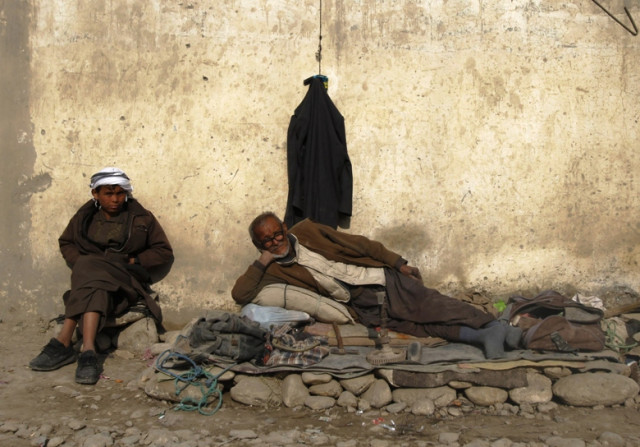
Almost a quarter of the population of Afghanistan is made up of refugees returning from Pakistan and Iran. Many find themselves homeless, or living in slums under tarpaulin.
UNHCR’s representative in Afghanistan Peter Nicolaus said the international community had failed to help returnees find a means of earning a living and, therefore, reintegrating into society. “We thought if we gave humanitarian assistance, macro development would kick in.” He added, “We made a big mistake, the biggest mistake UNHCR ever made”.
Nicolaus said only now, 10 years after the US-led invasion and with 5.7 million refugees having returned to Afghanistan since 2002, was the UNHCR focusing more fully on the issue of sustainable reintegration. An international conference including Afghanistan, Iran, Pakistan and the refugee agency is to be held in April to present the new long-term strategy.
“It’s the income that counts, the livelihood. In very simple terms we need to find jobs for the people coming back,” Nicolaus said. “You can build five roads to a village and the farmers will benefit because they can go to the next town to sell their vegetables. But the returnee doesn’t benefit at all. He has nothing to sell at the market.”
Nicolaus was speaking at a distribution centre for vulnerable returnees, who were gathered on the outskirts of Kabul to receive a package of blankets, clothing, tarpaulins, wheat and coal.
The UNHCR is set to help 34,500 families, or 200,000 individuals, around the country as the freezing winter sets in.
But the difficulty of working in Afghanistan was underlined when the Afghan Minister of Refugees and Repatriation Jamaher Anwary stormed out of the centre because there were UNHCR banners on display but no ministry logo.
Hundreds queued for assistance outside the walled compound, clutching the necessary papers that proved they were designated as being in need of help.
“My husband is old and I don’t have money to take him to the doctor,” said Parveen Shah, 56, from beneath a blue burqa, her hands stained with dirt.
Mohammad Tahar, 30, is one of the 3.7 million who have returned from Pakistan. “I’m glad to be back in my own country but we are 20 in my family and we live in two rooms without electricity or drinking water,” the shopkeeper said. “This assistance is nothing for us.” UNHCR provides cash grants for returnees of $150. The money covers transport home and is supposed to help them survive the first few months of their new lives.
Three million registered Afghan refugees still live in exile, but the lack of jobs, food and shelter and the volatile security situation in many parts of the country makes it difficult for those who want to return. Although the rate has slowed considerably, another 66,500 people came back in 2011. But the UNHCR estimates that 40 per cent of all the returnees it has helped since 2002 are “not at all reintegrated”.
“In Afghanistan a quarter of the population are returnees,” said Nicolaus.”This is what the donor community constantly forgets. This has been overlooked and it’s still overlooked. Nobody has taken this seriously. It’s a tragedy”. He added that they were going to bring this up for the first time in the spring conference.
Published in The Express Tribune, December 28th, 2011.







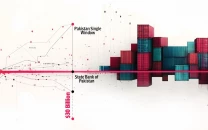


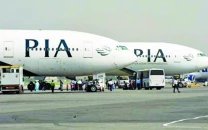
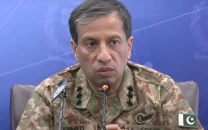



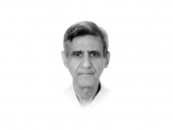


COMMENTS
Comments are moderated and generally will be posted if they are on-topic and not abusive.
For more information, please see our Comments FAQ